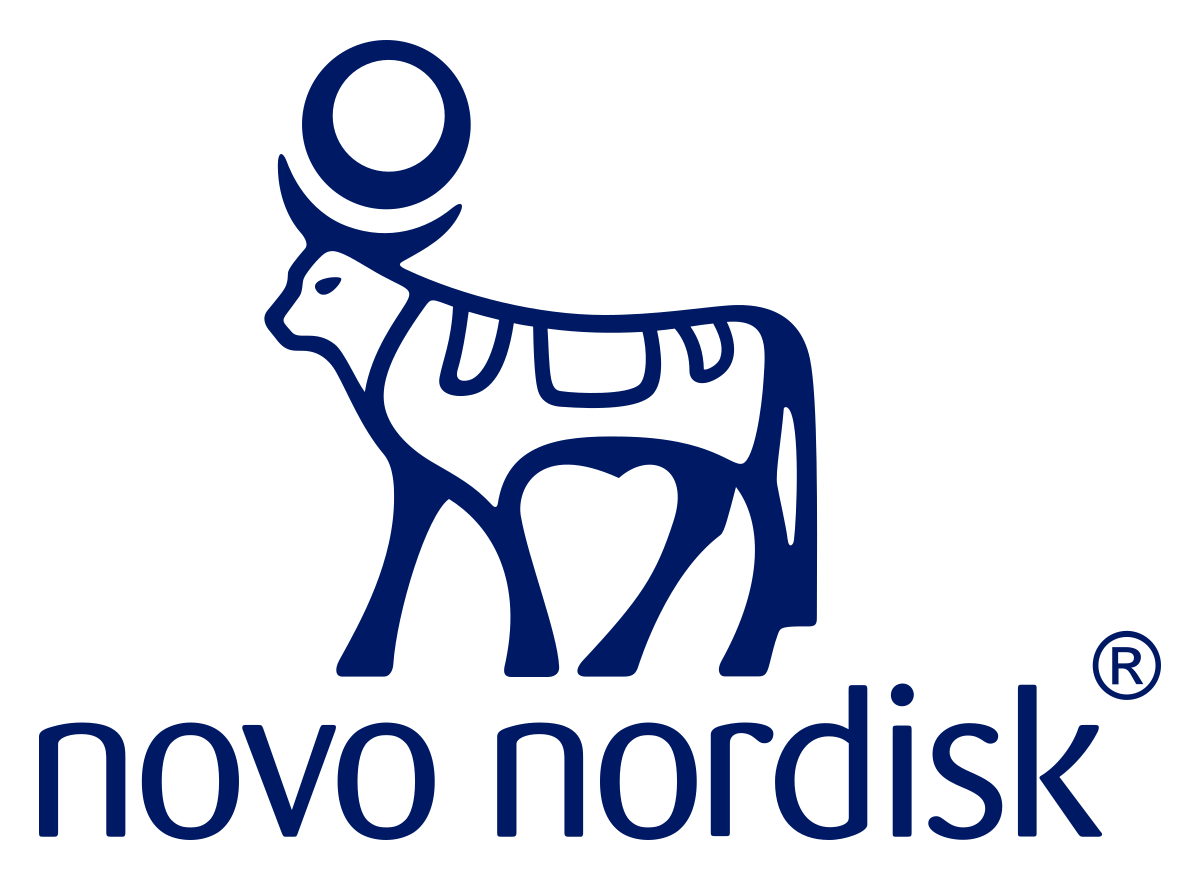Request Demo
Lilly's once-weekly insulin matches daily regimens in pivotal diabetes studies
16 May 2024
Clinical ResultDrug ApprovalPhase 3
Eli Lilly says its once-weekly insulin product efsitora alfa (LY3209590) was on par with daily basal insulins when it comes to lowering blood glucose in adults with type 2 diabetes. The results come from the pivotal QWINT-2 and QWINT-4 studies, with readouts from three other late-stage trials due out later this year.
The new findings also position Lilly to go head-to-head with a similar long-acting insulin candidate in development by rival Novo Nordisk. A competitive battle is already playing out between their respective GLP-1 drugs tirzepatide and semaglutide, which are used to treat both diabetes and weight loss, with each struggling to keep pace with demand for those products amid a booming market for obesity treatments.
"With efsitora, we have an opportunity to provide an innovative once-weekly solution that safely achieves and maintains A1c control, reduces treatment burden of traditional daily injections and potentially improves adherence for people with diabetes," said Jeff Emmick, Lilly's head of product development, in a statement Thursday.
In QWINT-2, 928 insulin-naïve adults with type 2 diabetes were randomised to receive efsitora as a once-weekly basal insulin or Novo Nordisk's Tresiba (insulin degludec) once a day for 52 weeks. QWINT-4 included 730 adults with type 2 diabetes previously treated with basal insulin and at least two daily injections of mealtime insulin. Participants here were randomised to weekly efsitora or insulin glargine for 26 weeks, both administered with insulin lispro.
On a key secondary measure, efsitora was non-inferior to Tresiba at reducing A1c among both users and non-users of GLP-1 agonists. Moreover, compared to Novo's treatment, the efsitora arm spent an extra 45 minutes within the desired range and 37 minutes within a tight range without experiencing additional episodes of hypoglycaemia. Detailed QWINT-2 results will be presented at the European Association for the Study of Diabetes (EASD) conference later this year.
As for QWINT-4, both efsitora and insulin glargine achieved a 1.07% reduction in A1c, bringing the final levels to 7.12% and 7.11%, respectively.
Meanwhile, Novo submitted its once-weekly insulin icodec candidate to regulators in the US, Europe and China last year based on data from the ONWARDS programme, and an FDA decision was originally expected last month. However, the US regulator recently called an advisory panel to discuss the application at a meeting next week. In March, an advisory panel to the European Medicines Agency issued a positive opinion for the treatment under the brand name of Awiqli.
Lilly's programme for efsitora includes three other studies – QWINT-1, QWINT-3 and QWINT-5. QWINT-1 is testing the product against insulin glargine in adults with type 2 diabetes who are starting basal insulin therapy for the first time, and is due to wrap up in July. QWINT-3 is also using Tresiba as a comparator and involves patients who have already been treated with basal insulin, while QWINT-5 is pitting efsitora against Tresiba in type 1 diabetes patients on multiple daily injection therapy. Both are expected to complete this month.
For more details,please visit the original website
The content of the article does not represent any opinions of Synapse and its affiliated companies. If there is any copyright infringement or error, please contact us, and we will deal with it within 24 hours.
Organizations
Indications
Targets
AI Agents Built for Biopharma Breakthroughs
Accelerate discovery. Empower decisions. Transform outcomes.
Hot reports
Get started for free today!
Accelerate Strategic R&D decision making with Synapse, PatSnap’s AI-powered Connected Innovation Intelligence Platform Built for Life Sciences Professionals.
Start your data trial now!
Synapse data is also accessible to external entities via APIs or data packages. Empower better decisions with the latest in pharmaceutical intelligence.




